Contents
There is a number of kitchen utensils a cook needs in their kitchen, and cutting boards are one of the most important ones. This kitchen gadget not only makes chopping vegetables and meat a smooth process, but the best ones ensure the evenest cuts while offering the option of keeping all the cut food on the board nice and organized for later use.
Chopping boards Australia specialised stores offer a wide range of products to choose from. While they may all look the same when it comes to function, different features can make one board better suited for your needs than the rest. Here are some of the things you should keep in mind when deciding which cutting boards are right for your kitchen.
Which Chopping Board Material Is Best?
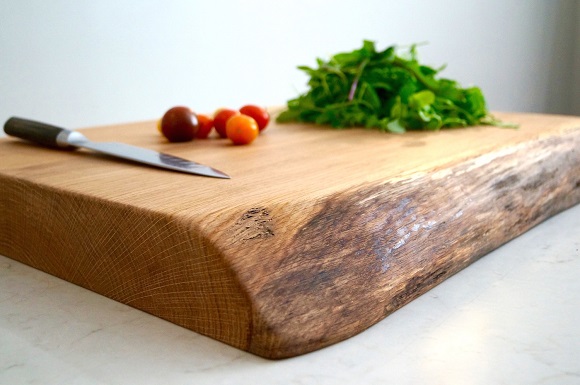
Kitchen chopping boards are available in different materials such as plastic, wood, bamboo, marble, glass, slate, etc. The most popular options are wood, bamboo and plastic.
Wood chopping boards not only look beautiful on benchtops but also last a long time if properly maintained with regular oiling. Plus, they are your knives’ best friend as they absorb most of the impact from the blades without dulling them. Certain types of woods such as teak, acacia and oak are known to be naturally anti-microbial. This means cutting boards made from these types of wood are less likely to harbour bacteria.
Hard plastic chopping boards might look like a better option than soft ones, but they are harder on your knives. One advantage of plastic boards over hardwood ones is that they’re easier to sanitise as they can be washed in the dishwasher. If being green is important to you, know that some chopping boards Australia specialised stores now offer green boards made from eco-friendly materials.
Bamboo boards tend to be slightly harder on knives than wood, but their surface is also less likely to get scratched. Because bamboo is a renewable material, bamboo chopping boards are also eco-friendly. Bamboo is also naturally anti-microbial and if dried well after each use, it will last a long time.
Marble, glass and slate chopping boards look great but they will all blunt your knives. Consider using them for serving only.
What Colour Chopping Board For Food Safely?
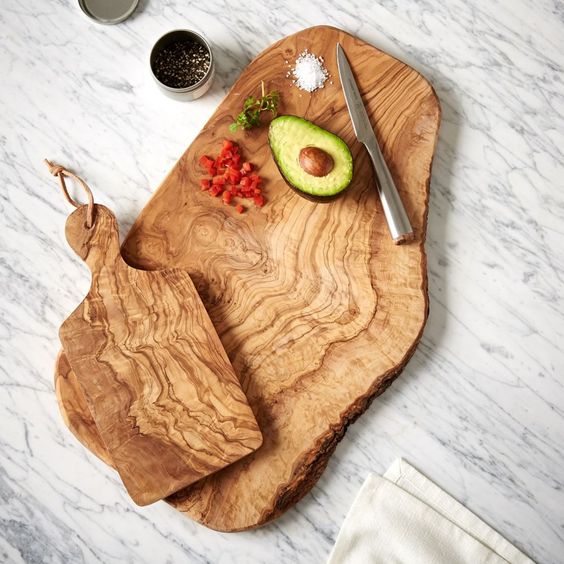
It’s a common question: How many types of chopping boards you should have in your kitchen? Ideally, one for each type of food. That is because when it comes to food-related illness, cross-contamination is one of the most common causes. Cross-contamination is when harmful bacteria from one food product get transferred to another through contaminated tools, equipment or hands. Using one chopping board for each type of food is a useful way to prevent cross-contamination of foodstuffs. Colour coding cutting boards can be helpful for this. Generally, plastic chopping boards have colour coded but wooden, ceramic and glass chopping boards may also be colour coded.
The different chopping board colours are used to separate different types of food groups. This can help you quickly identify the right chopping board for the job. The standard colour coding guide is:
- White – for dairy products like cheese and freshly baked bread
- Green – for fresh produce including all kinds of fruits and vegetables
- Brown – for cooked meat
- Blue – for raw fish and seafood
- Yellow – for raw chicken and other poultry
- Red – for raw red meats
Which Chopping Board Size to Choose?
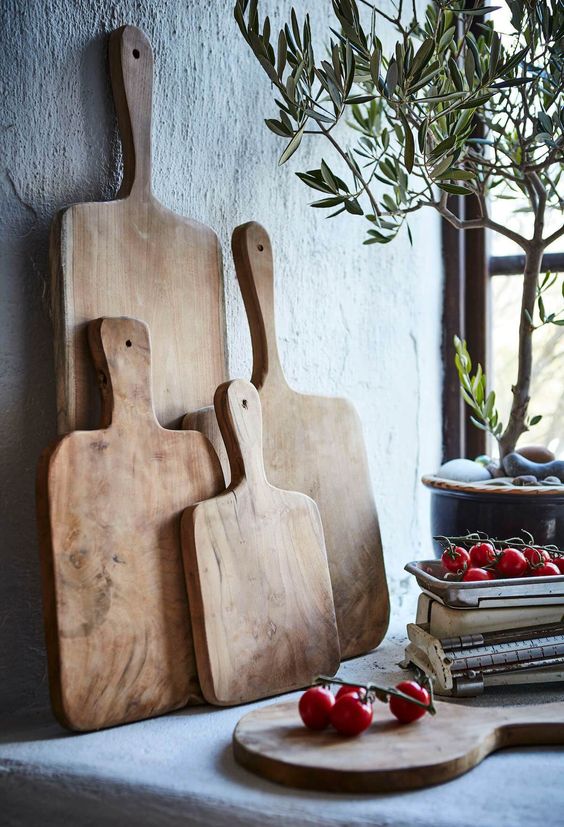
If you like to cook, having different sized cutting boards can be helpful. You can use a small board for quick tasks like slicing fruit or cheese, and a larger one for cutting into bigger things like a squash or a whole chicken. As a general rule, the more space you have to work, the faster the chopping will go.
Which Chopping Board Is More Sanitary?
No one type of cutting board is considered more sanitary than the others. Different studies have been performed to find out which type of cutting board is more sanitary, but they all have presented different results. According to experts, as long as you use separate cutting boards for different types of food and practice proper washing and drying techniques, you’ll be able to avoid cross-contamination and keep surfaces sanitary.
How to Clean a Wooden Chopping Board?
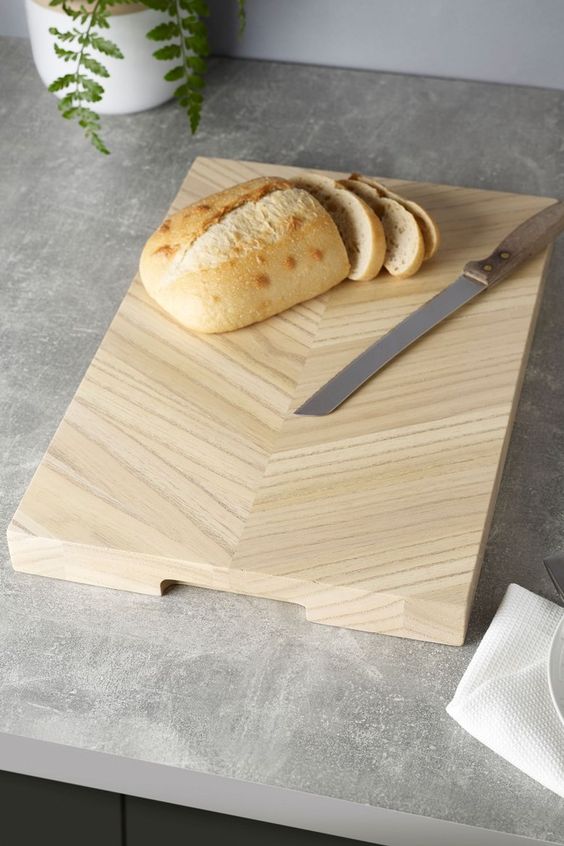
Wooden chopping boards should be hand-washed in hot, soapy water immediately after use and left to air dry completely before storing.
How to Clean a Plastic or Glass Chopping Board?
Plastic and glass chopping boards tend to be dishwasher-safe. Handwashing these boards in hot water might not be enough to eliminate some bacteria from their surface.
When to Replace Your Chopping Board?
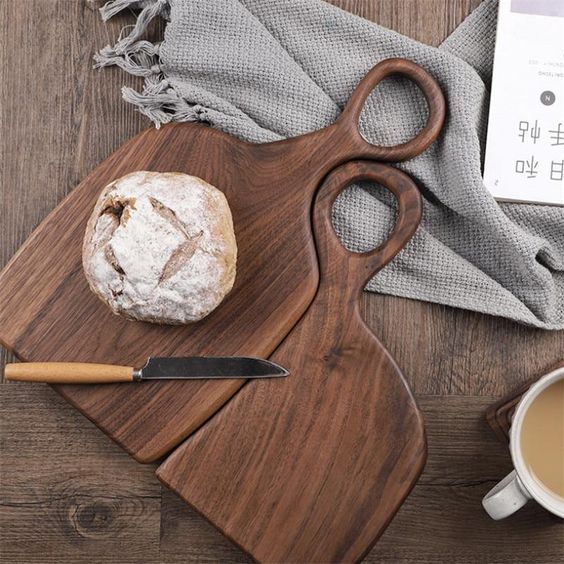
How often you use your chopping board and how well you maintain it will dictate how long your board lasts. Plastic boards should be replaced once they get heavily knife-marked – grooves can harbour bacteria. Wooden and bamboo boards need to be replaced once they start to get a bit fuzzy. If you have a quality hardwood with some grooves but that is otherwise in good condition, you can consider sanding it back and re-coat with a board oil.

